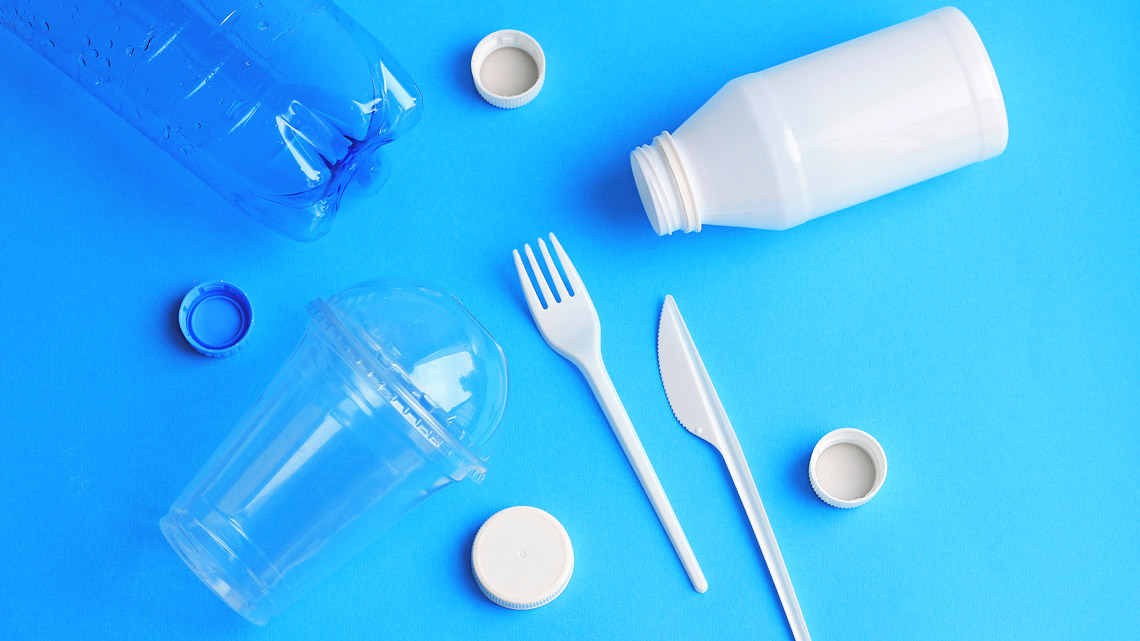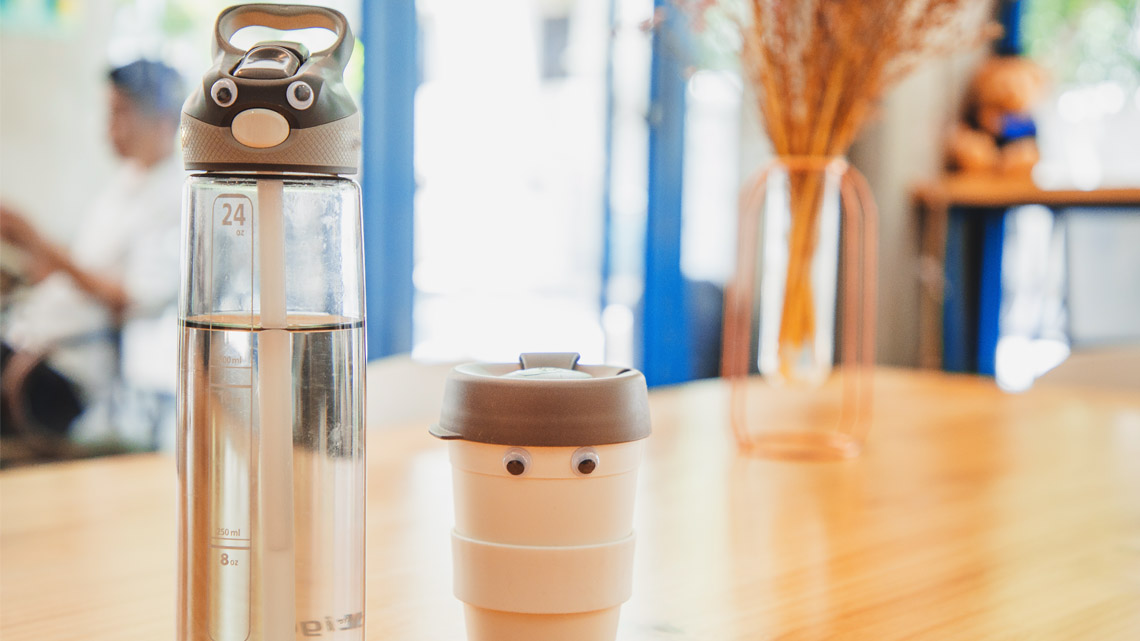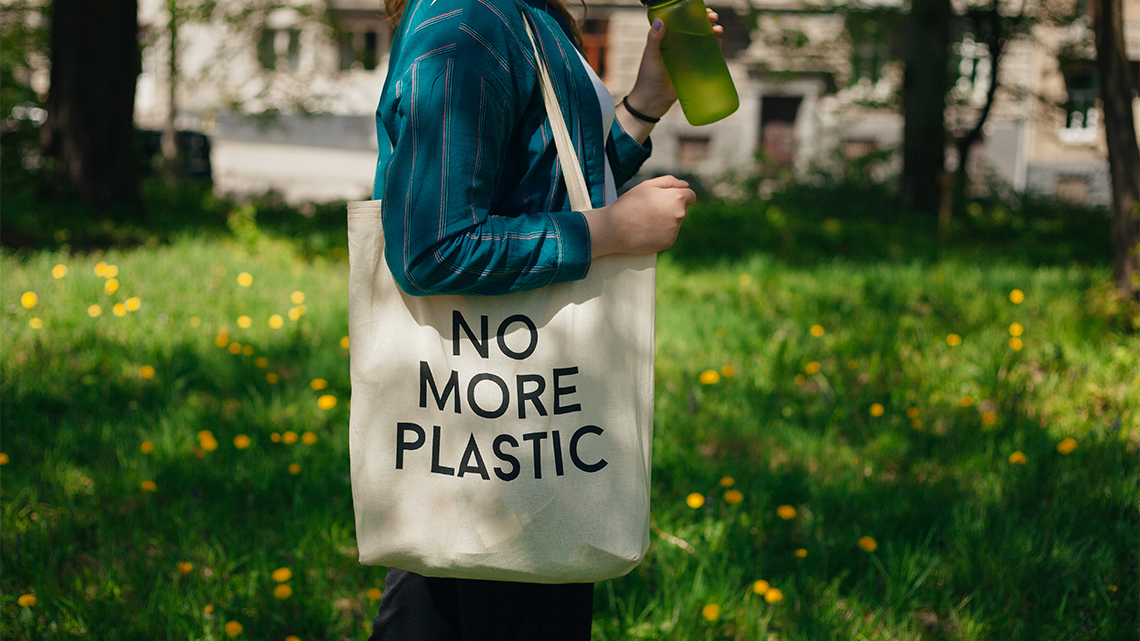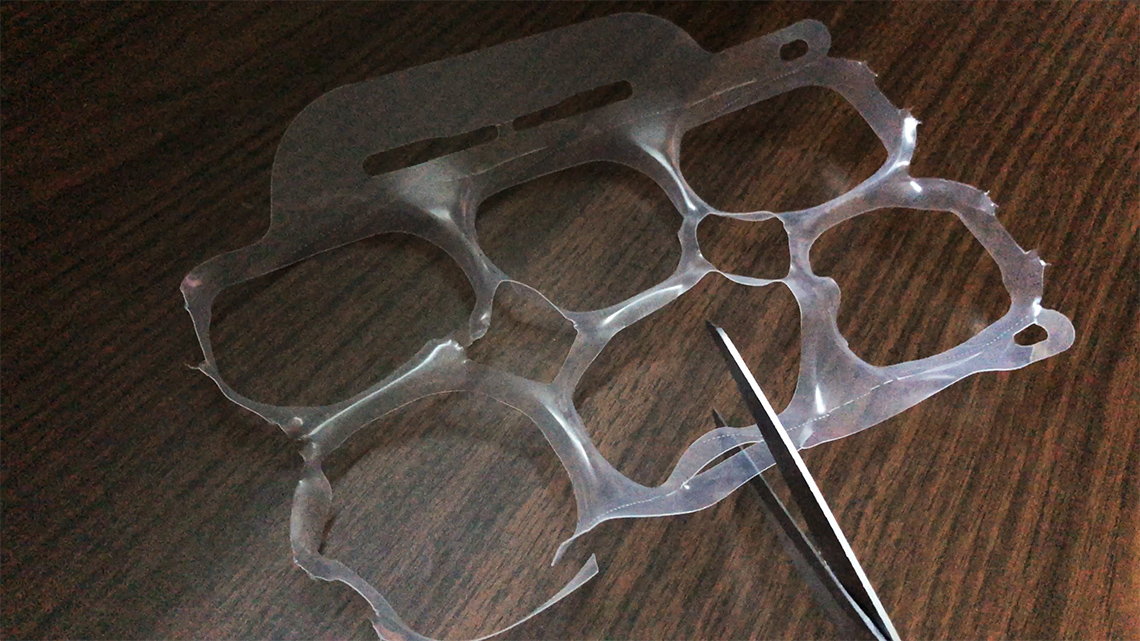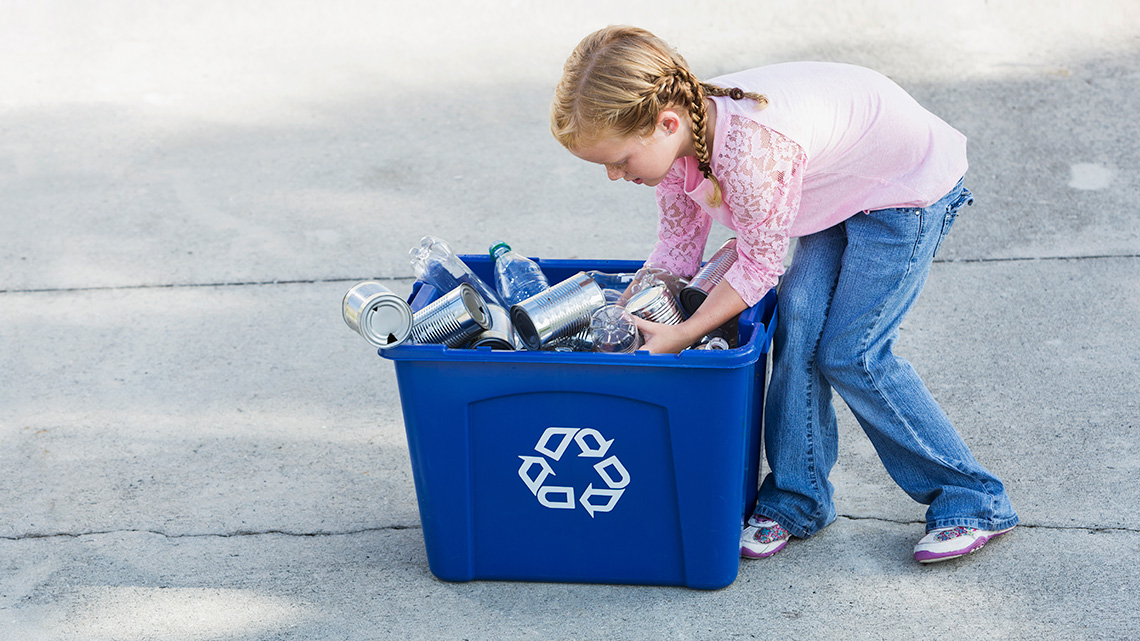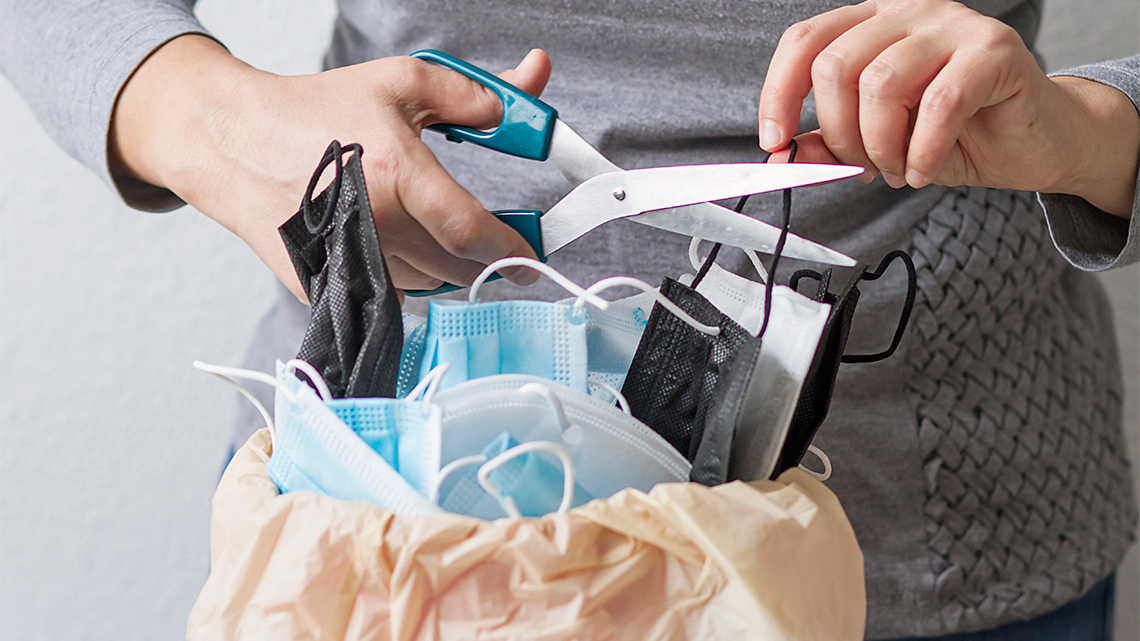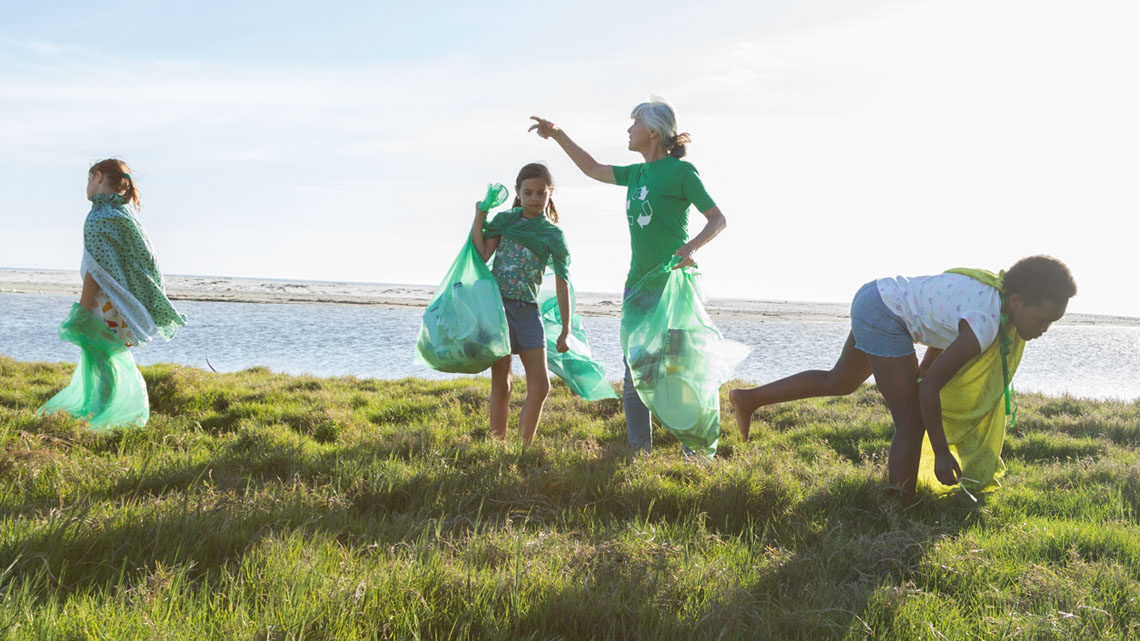Minds On
The ocean
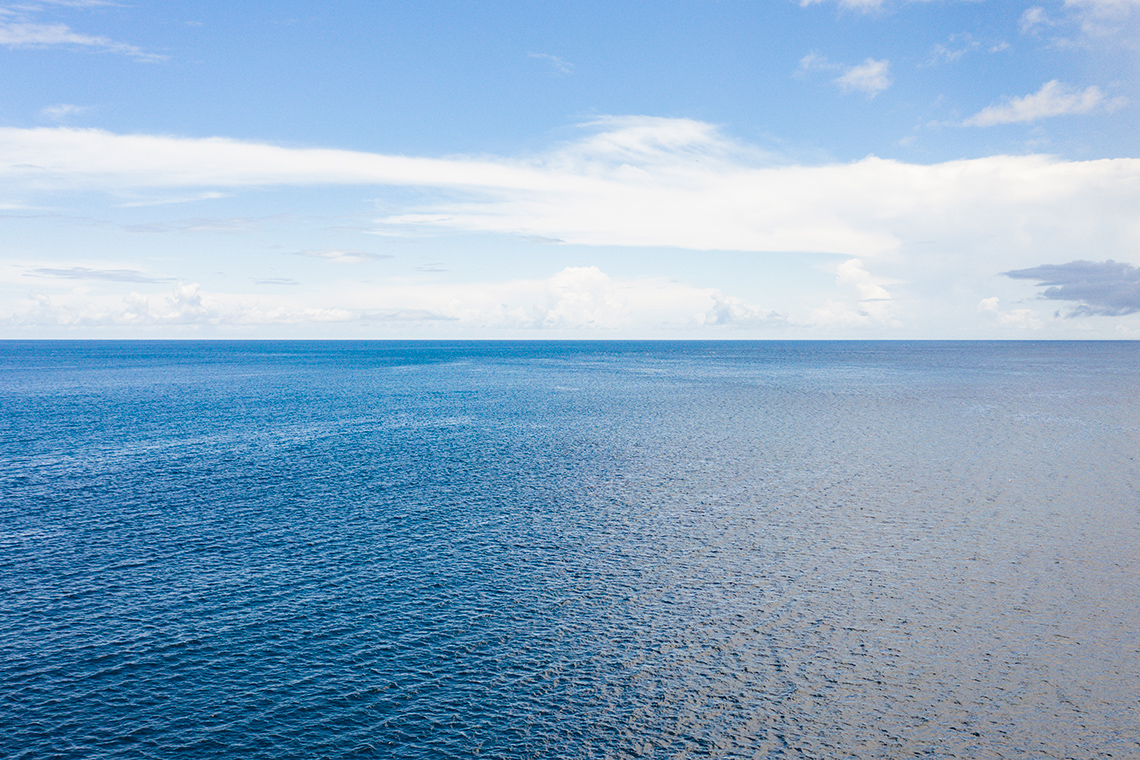
Investigate
Plastic in oceans
Let’s investigate the following ocean environment.
As you explore, make a list of plastic items that you notice.
Record your list digitally, orally, or on paper.
After exploring the video, respond to the following questions:
- Where do you think the plastics come from?
- Why might these plastics be a problem for the animals that live in the water?
Record your ideas using a method of your choice.
Action
Connecting to the world
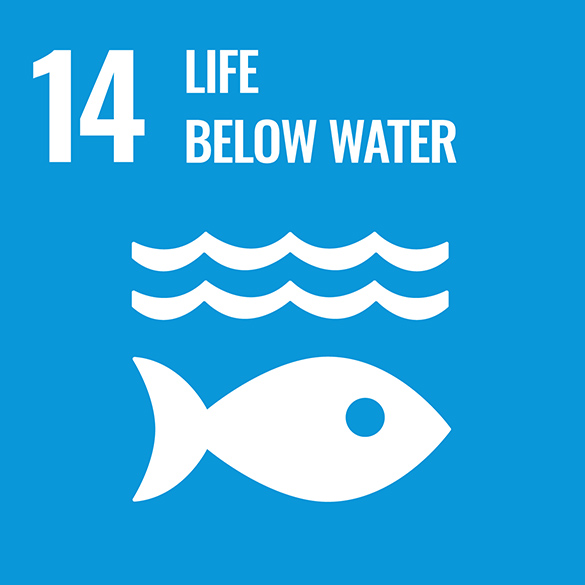
The United Nations (UN) is a group of many countries from around the world that have come together to create a better future for people and the environment. They have created 17 goals called the Sustainable Development Goals.
This learning activity is connected to Goal #14 which is called Life Below Water. This means everyone should help protect our oceans and seas.
What we do on land and near water affects the health of the oceans. Let’s continue our exploration!
Keeping the ocean clean
Let’s revisit the video from the Minds On.
What plastic items did you notice in the video?
Press ‘Possible Answer’ to check out some items!
There were different objects floating in the water including plastic bags, bottles, cups, and plastic wrapping.
How did the items end up in the water?
Press ‘Possible Answer’ to explore some ideas.
Materials that are light, like plastic, can move around easily.
Items that start on land can tumble and travel through air and water to end up in oceans.
Once plastics are in the water, they are pushed around by waves and water currents.
In the water, plastic breaks down very slowly and stay in the water as very tiny pieces of plastic. These tiny plastic pieces are known as micro plastics.
Does plastic in the water affect animals?
Press ‘Answer’ to find out how.
Yes, it does! Marine animals often eat micro plastics because of their small size. The plastic can build up in their stomach and make them very sick.
Some animals will also get tangled or stuck in large pieces of plastic. This prevents them from moving the way they need to stay alive.
These are some of the many reasons it is important to put plastic waste where it belongs.

Ocean pollution
Problem solvers!
The Water Brothers explore the open Pacific Ocean and have come across a ball of fishing nets that have become a small home for marine life. The ball of fishing nets also catches many pieces of plastic.
They discover that there are many species of marine life caught in the net.
Explore the following video entitled “Plastic Ocean” to learn more about these fishing nets.
As you explore, think about the following question:
- How do the fishing nets change the lives of the fish in the ocean?
Record your ideas in a method of your choice.
Press ‘Possible Answer’ to explore how fishing nets change the lives of fish.
The fishing nets have become a new habitat for fish to live in. However, the fishing nets include tiny pieces of plastic that will harm the fish. It also moves the fish away from their actual home. This makes it harder for fish to survive on their own.
Plastic
Plastic that gets into local streams or rivers travel to the Great Lakes, and then into the world’s oceans.
This happens with water all around the world. When many people are not careful, the chance for plastic to build up in the ocean becomes greater and greater.

When plastics are not thrown out or recycled properly, they can end up in the water.
Explore the following two short videos that share how plastics can end up in the water.
Are there ways to keep plastic out of the water? Yes, there are.
One way is to avoid single use plastic like plastic or snack bags and plastic water bottles. Instead, people can use reusable bags and reusable water bottles.
Another way to keep plastic out of the water is to put plastic waste where it belongs!
Please note that not all plastic goes in the recycling bin. If you are not sure how to dispose of your plastic waste, ask a trusted adult or contact your local waste management program.
Let’s explore a few examples of solutions. The choices we make in our daily lives can affect the environment nearby, and far away.
Which of these solutions do you think can help keep plastics out of the water? How do you know? Record your ideas using a method of your choice.
Did You Know?
Did you know?
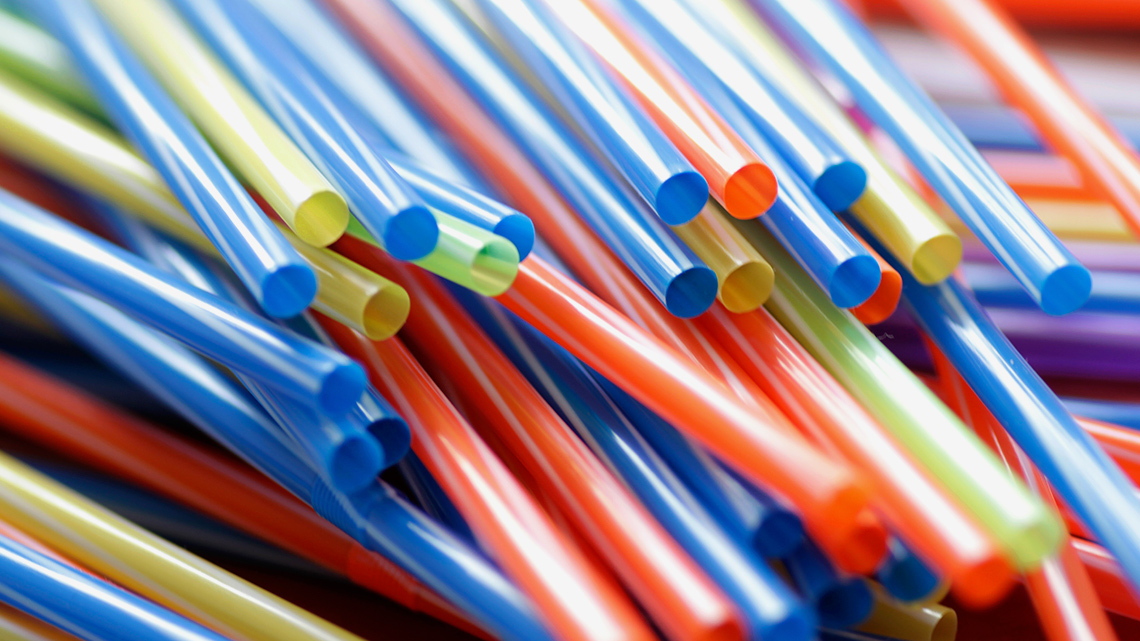
In Canada, there are steps being taken to reduce plastic waste. These steps are working towards the goal of zero plastic waste by the year 2030.
In order to do this, certain single-use plastic products are going to be limited and/or banned. This means that they will either not be made or made in a small amount.
These single-use plastic products include:
- bags
- cutlery
- certain takeout containers (difficult to recycle)
- ring carriers
- stir sticks
- certain types of straws
Environment and Climate Change Canada. (2022, June 20). Government of Canada delivers on commitment to ban harmful single-use plastics. Canada.Ca. Retrieved 2022, from https://www.canada.ca/en/environment-climate-change/news/2022/06/government-of-canada-delivers-on-commitment-to-ban-harmful-single-use-plastics.html
Consolidation
Plastic in the community

The world is made of many communities.
Actions in one community, can affect another.
For example, pollution that is created in one area can travel and cause problems somewhere else.
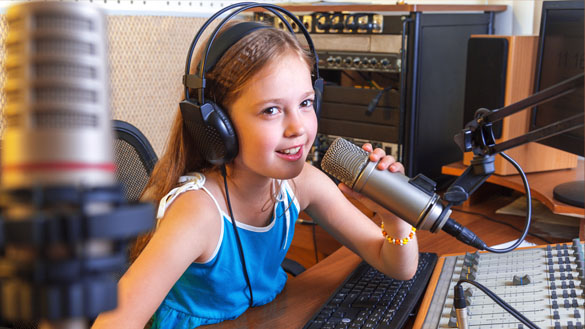
One way to share is recording audio
Since this is an issue that affects the global community, let’s explore a way to share it with others.
Share your learning about harmful solids like plastics in our water.
In your message, be sure to include the following information:
- How does plastic end up in the water?
- Why is plastic in the water dangerous for animals who live in the water?
- How can people make a difference and keep plastic out of the water?
Record your message using a method of your choice. You can choose to:
- create an audio or video recording
- write a letter that you can send to someone
- design a sign that you can post in your community
Reflection
How do you feel about what you have learned in this activity? Which of the next four sentences best matches how you are feeling about your learning? Press the button that is beside this sentence.
I feel…
Now, record your ideas about your feelings using a voice recorder, speech-to-text, or writing tool.
